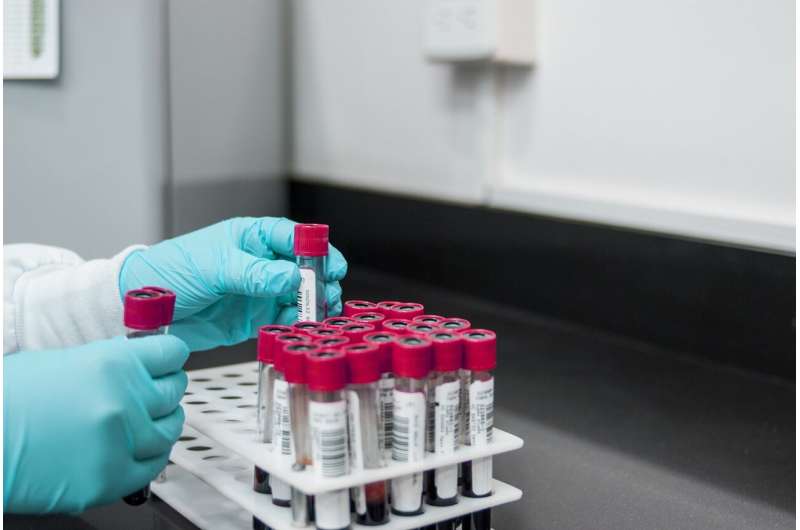
A new type of blood test using lipids could make it easier to identify children at risk of complications around obesity including type two diabetes, liver and heart disease, say scientists.
A new study from King’s College London published in Nature Medicine reveals a new relationship between lipids and diseases impacting metabolism in children, which could serve as an early warning system for conditions like liver disease.
Using machines that already exist in hospitals to test blood plasma in babies, the researchers suggest this could help doctors spot early signs of disease in children quicker and help them access the right treatment.
The findings also contest the common idea that cholesterol is a leading cause of complications around obesity in children, identifying new lipid molecules that contribute to health risks like blood pressure but are not correlated only with a child’s weight.
Lipids have traditionally been thought to be fatty acids in the body, either good or bad types of cholesterol or triglycerides, fats found in the bloodstream that are the most common in the human body. Recent studies by the same group of scientists have suggested that the picture is more complex.
Using a technique associated with chemistry called mass spectrometry, current evidence puts the types of different lipids present in the body in the thousands, each with separate functions.
Taking a control sample of 1,300 children with obesity, the team assessed the lipids in their blood. Afterwards, 200 of them were put on the HOLBAEK-model for a year, a lifestyle intervention for people with obesity popular in Denmark.
Subsequent readings showed that among the intervention group, counts of lipids tied to diabetes risk, insulin resistance and blood pressure decreased, despite limited improvements in some children’s BMI.
Dr. Cristina Legido-Quigley, a group leader in Systems Medicine at King’s College London, Head of Systems Medicine at the Steno Diabetes Centre Copenhagen (SDCC) and principal author, said, “For decades, scientists have relied on a classification system for lipids that has split them into good and bad cholesterol, but now with a simple blood test, we can assess a much broader range of lipid molecules that could serve as vital early warning signs for illness. In the future, this has the potential to be an entirely new way to evaluate someone’s personal risk of disease, and by studying how to change lipid molecules in the body, we could even prevent metabolic diseases like diabetes altogether.”
Obesity continues to be a risk factor for conditions like fatty liver disease, but the team hopes that doctors can use these measurements to treat children when they are at risk and not just a little larger than their peers.
Dr. Karolina Sulek, who was part of the study and performed analysis at the SDCC, said, “Early recognition of children at risk for these life-threatening diseases is crucial. The study provides strong evidence of the great need for obesity management and gives parents confidence to intervene in their children’s lives more compassionately, helping them to lose weight.”
The next step for the researchers is to help understand how genetics affects lipids and what this means for metabolic diseases, as well as how these lipids can be changed to improve health.
More information:
Nature Medicine (2024). DOI: 10.1038/s41591-024-03279-x. www.nature.com/articles/s41591-024-03279-x
Citation:
New blood test could be an early warning for diabetes in children (2024, September 20)
retrieved 20 September 2024
from https://medicalxpress.com/news/2024-09-blood-early-diabetes-children.html
This document is subject to copyright. Apart from any fair dealing for the purpose of private study or research, no
part may be reproduced without the written permission. The content is provided for information purposes only.


